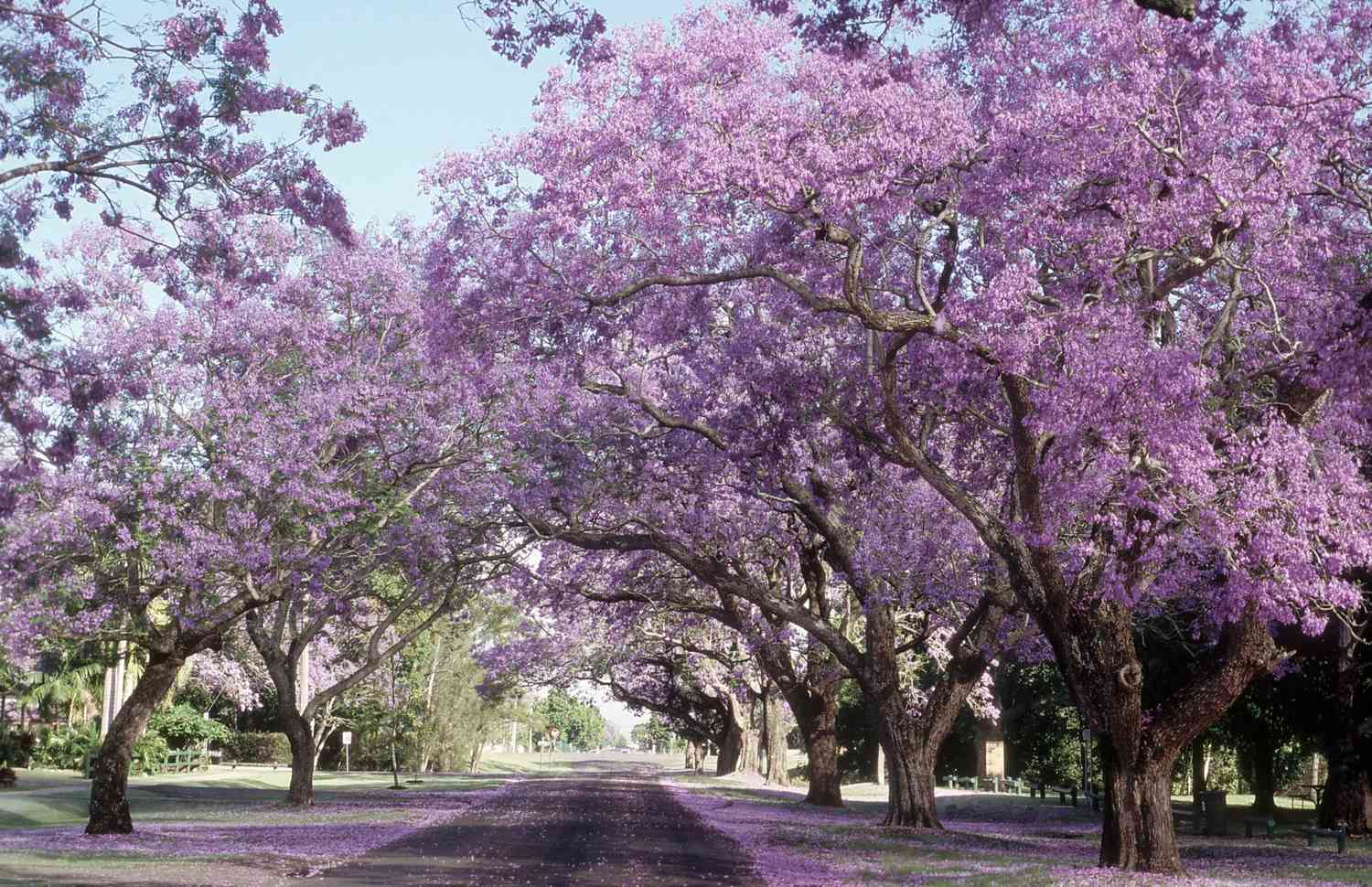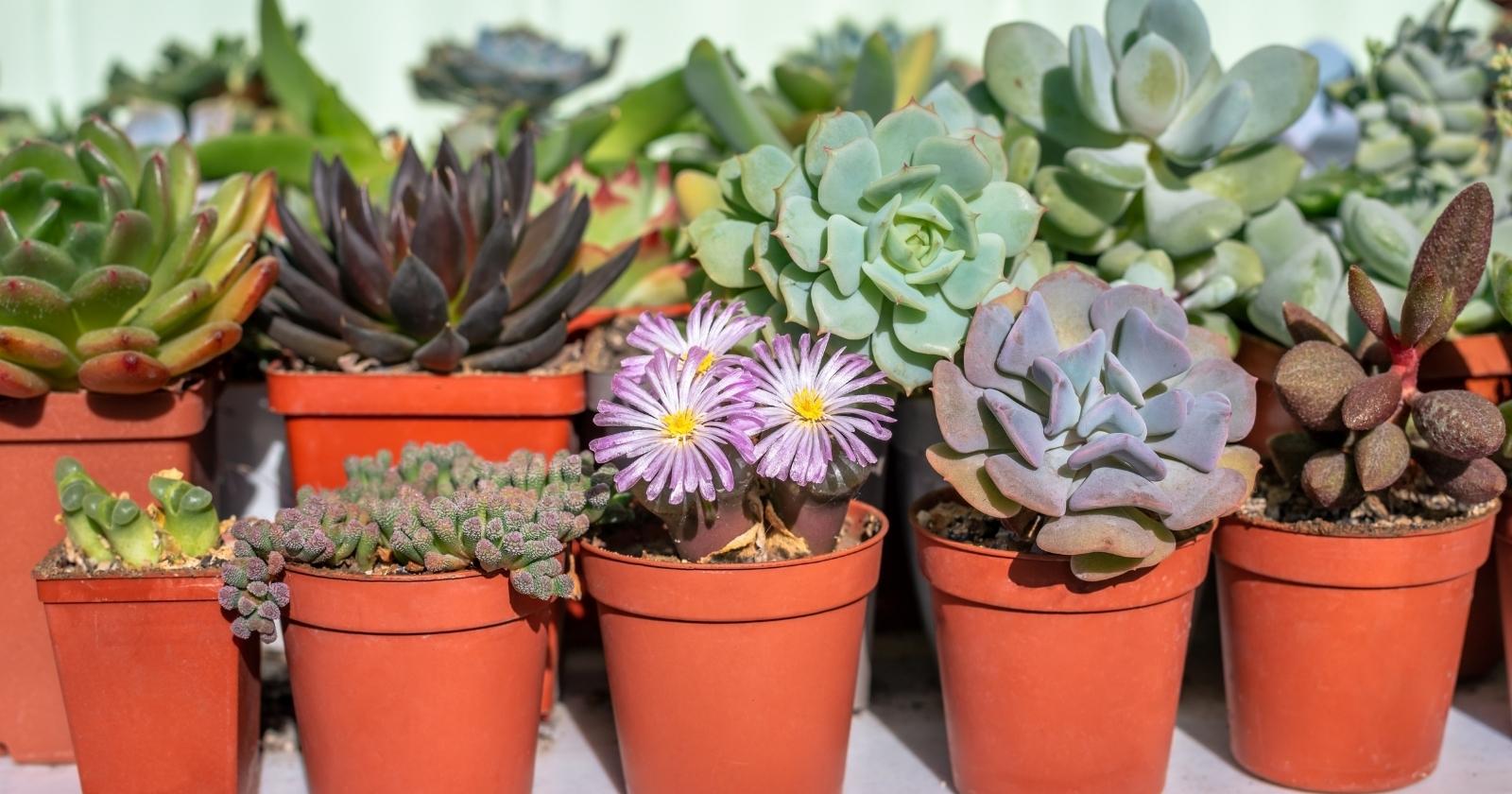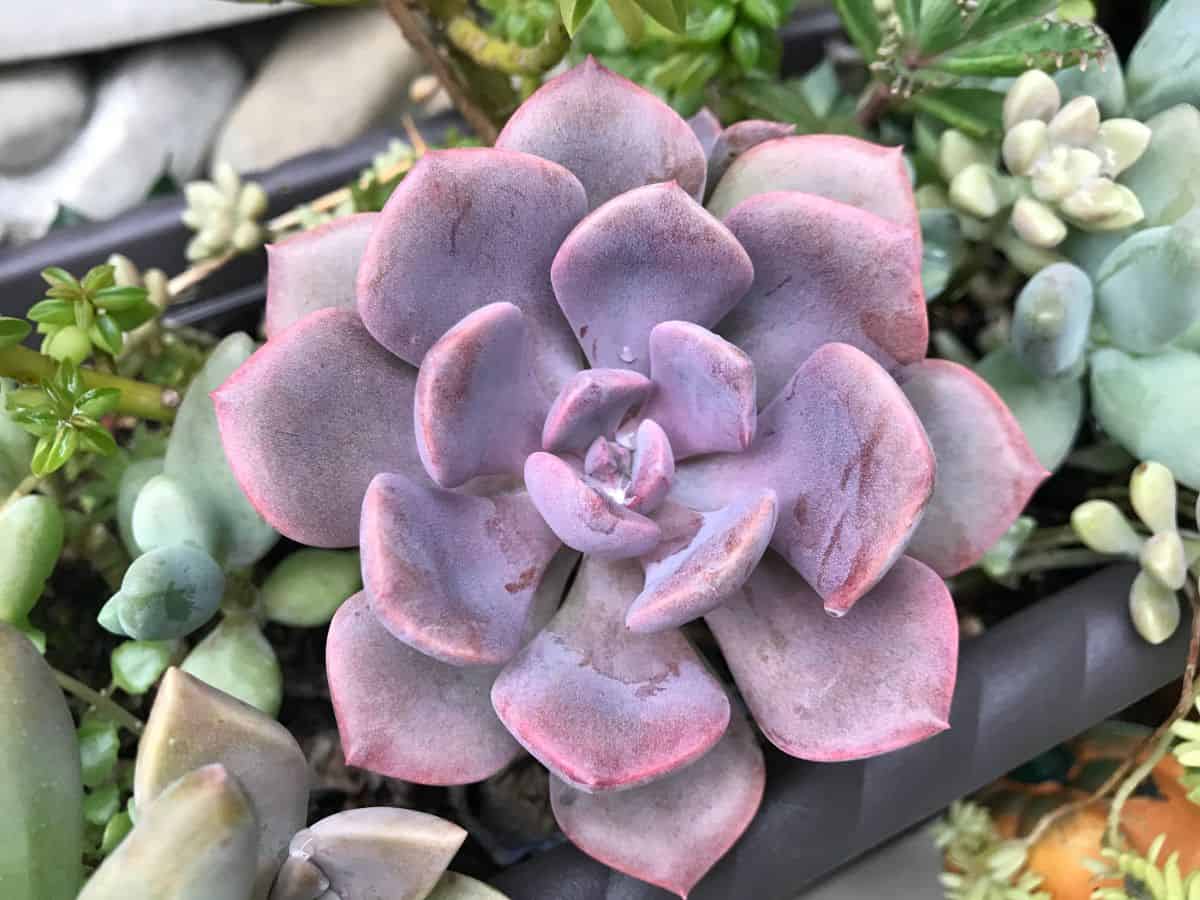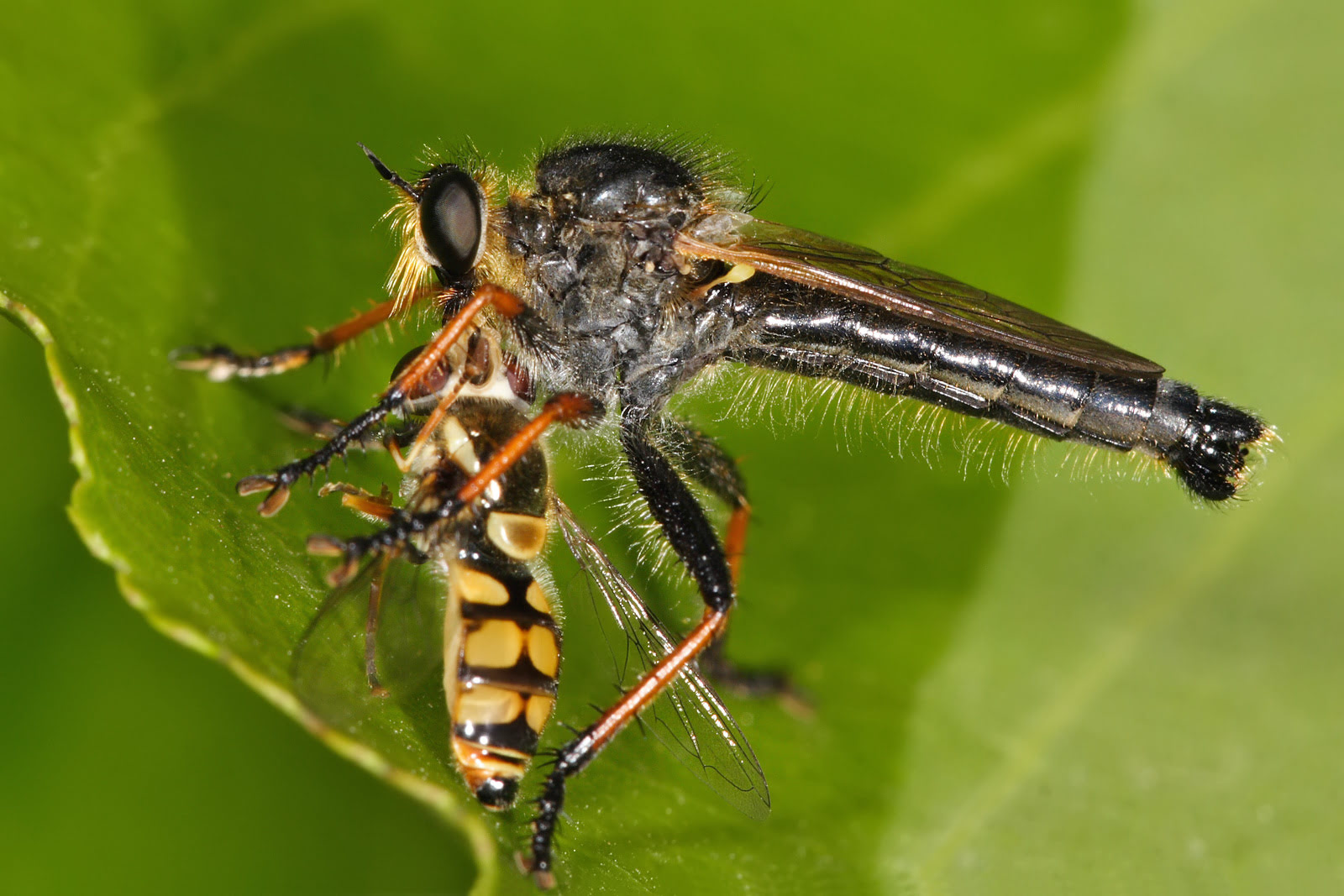Home>Types of Gardening>Ornamental Gardening>What Are The Purple Trees Called


Ornamental Gardening
What Are The Purple Trees Called
Modified: February 8, 2024
Discover the fascinating world of purple trees and learn all about the beautiful ornamental gardening options available to enhance your outdoor spaces.
(Many of the links in this article redirect to a specific reviewed product. Your purchase of these products through affiliate links helps to generate commission for Chicagolandgardening.com, at no extra cost. Learn more)
Table of Contents
Introduction
Welcome to the world of ornamental gardening, where nature’s beauty is shaped and nurtured to create breathtaking landscapes. Among the myriad of plants and flowers that adorn gardens, purple trees hold a special allure. With their vibrant hues and majestic presence, these trees add a touch of elegance and enchantment to any outdoor space.
From their mesmerizing foliage to their captivating blooms, purple trees bring a sense of mystery and charm to the landscape. Whether they are used as focal points, accent plants, or to create stunning color combinations, these trees have a unique ability to elevate the visual appeal of any garden or backyard.
What makes purple trees particularly fascinating is their ability to showcase a wide range of shades, from deep plum and royal purple to lavender and lilac. Each hue contributes to a different ambiance, allowing you to craft a garden that reflects your personal style and aesthetic preference.
Not only do purple trees add visual appeal, but they also offer a host of other benefits. The lush foliage of these trees serves as a natural privacy screen, shielding your outdoor space from prying eyes, while their canopy provides shade during hot summer months. Additionally, some species of purple trees attract pollinators, such as bees and butterflies, making them an eco-friendly choice for gardeners.
In this article, we will explore the diverse world of purple trees, highlighting some of the most popular species and offering valuable insights on how to grow and care for them. Whether you are a seasoned gardener looking to expand your collection or a novice with a passion for ornamental plants, this guide will inspire you to embrace the beauty and charm of these stunning trees.
The Beauty of Purple Trees
Purple trees are a sight to behold, captivating onlookers with their striking colors and graceful forms. Their unique beauty lies in the way their deep purple foliage or radiant purple blooms add a touch of drama and elegance to any landscape.
One of the most alluring aspects of purple trees is their ability to create a sense of tranquility and serenity. The deep hues of purple have long been associated with royalty and luxury, evoking a feeling of sophistication and majesty. When planted strategically, these trees can create a regal atmosphere in gardens, parks, and public spaces.
Furthermore, purple trees offer a striking contrast against the vibrant greens of other plants and the earthy tones of mulch or soil. The lush, purple foliage can act as a focal point, drawing the eye and creating visual interest. In spring and summer, when the trees are in full bloom, their brilliant purple flowers create a showstopping display that breathes life and vibrancy into any outdoor setting.
Additionally, purple trees have the unique ability to transform with the changing seasons. In spring, their fresh, new leaves emerge with shades of purple, painting a picture of renewal and growth. As summer sets in, their lush foliage provides a cool and shady oasis. Autumn brings a spectacular display of colors as the leaves transition into rich and fiery shades of purple, gold, and crimson. And even in winter, when most trees lie dormant, the bold and bare branches of purple trees add a dynamic element to the winter landscape.
Not only do purple trees offer visual appeal, but they also have a calming effect on our emotions. The color purple is often associated with mindfulness, spirituality, and creativity. Spending time in the presence of these trees can help reduce stress and promote a sense of relaxation and well-being.
Whether it is the graceful weeping branches of a Purple Beech tree, the delicate clusters of purple blossoms on a Jacaranda tree, or the vibrant purple leaves of a Japanese Maple, purple trees have a way of capturing our attention and captivating our senses. Their beauty transcends seasons and elevates any outdoor space, making them a must-have for avid gardeners and nature enthusiasts.
Types of Purple Trees
Purple trees come in a variety of species, each with its own unique characteristics and beauty. Let’s explore some of the most popular types of purple trees that can add an enchanting touch to your garden.
- Jacaranda: Known for its stunning display of purple blooms, the Jacaranda tree is a favorite among gardeners. Its delicate flowers form clusters that cover the branches, creating a breathtaking canopy of purple hues.
- Redbud: With its heart-shaped leaves ranging from deep purple to burgundy, the Redbud tree adds a splash of vibrant color to any landscape. In spring, it produces clusters of pink or purple flowers, creating a captivating sight.
- Purple Leaf Plum: As its name suggests, the Purple Leaf Plum tree stands out for its deep purple foliage, making it a standout choice for adding color to your garden. In early spring, it boasts delicate pink flowers, adding to its allure.
- Crape Myrtle: Crape Myrtle trees offer a stunning display of vibrant purple blooms throughout the summer months. With their slender trunks and graceful branches, they bring both color and elegance to the garden.
- Purple Beech: The Purple Beech tree, also known as the Copper Beech, is admired for its rich purple leaves that turn an intense copper color in the fall. Its majestic weeping branches and striking foliage make it a popular choice for creating a dramatic focal point in gardens.
- Japanese Maple: The Japanese Maple tree displays an array of purple hues in its leaves, ranging from deep burgundy to bright crimson. Its delicate and intricate foliage adds a sense of elegance and beauty to any garden.
These are just a few examples of the many types of purple trees available. Each species has its own unique characteristics, growth habits, and requirements, allowing you to find the perfect purple tree that suits your garden’s style and climate.
When selecting a purple tree for your garden, consider factors such as the tree’s ultimate size, light requirements, and soil preferences to ensure it thrives in its chosen spot. With a diverse range of purple tree options available, you can create a stunning and vibrant landscape that showcases the beauty of nature’s favorite color.
Benefits of Purple Trees
Purple trees not only provide aesthetic beauty but also offer a range of benefits that make them an excellent addition to any garden or landscape. Let’s explore some of the key advantages of incorporating purple trees into your outdoor space.
- Natural Privacy Screen: The lush foliage of purple trees can serve as a natural privacy screen, shielding your garden from prying eyes and creating a secluded and intimate atmosphere.
- Shade and Cooling: The canopy of purple trees provides shade during hot summer months, making them perfect for creating more comfortable outdoor areas.
- Wildlife Habitat: Some species of purple trees, such as the Jacaranda and Crape Myrtle, attract pollinators like bees and butterflies, supporting and promoting biodiversity in your garden.
- Improving Air Quality: Like all trees, purple trees play a vital role in improving air quality by absorbing carbon dioxide and releasing oxygen. They also filter pollutants and particulate matter, creating a healthier environment.
- Erosion Control: The root systems of purple trees help prevent soil erosion by anchoring the soil and reducing the risk of landslides or soil erosion during heavy rainfall.
- Year-Round Interest: Purple trees offer year-round interest. In spring, their vibrant blossoms are a delight to behold. In summer, their foliage provides shade and colorful accents. In autumn, their leaves transform into a spectacular display of reds, oranges, and purples. Even in winter, their bare branches create an architectural element against the winter sky.
Furthermore, purple trees contribute to a sense of harmony and well-being in the garden. The color purple has long been associated with mindfulness and relaxation, making these trees the perfect addition to create a serene outdoor space.
Whether you are seeking shade, privacy, ecological benefits, or simply the visual appeal of colorful foliage, purple trees offer a multitude of advantages that make them a valuable asset in any garden or landscape design.
Growing and Caring for Purple Trees
Growing and caring for purple trees requires some attention to their specific needs. By understanding the proper techniques, you can ensure that your purple trees thrive and flourish in your garden. Here are some essential tips to keep in mind:
- Choose the Right Location: Purple trees prefer well-draining soil and thrive in areas with full sun or partial shade. Make sure to select a location that provides the appropriate amount of sunlight for your particular type of purple tree.
- Planting: Dig a hole that is slightly wider than the root ball of your purple tree and at the same depth. Place the tree in the hole and backfill with soil, gently firming it around the root system. Water thoroughly after planting.
- Watering: Purple trees have varying water requirements depending on the species and their stage of growth. It’s essential to provide regular watering, especially during dry periods, to keep the soil consistently moist but not waterlogged. Monitor the moisture levels of the soil and adjust watering accordingly.
- Fertilization: Apply a slow-release, balanced fertilizer in spring to promote healthy growth. Follow the package instructions for the appropriate dosage based on the size and age of your purple tree.
- Pruning: Prune your purple trees during the dormant season to maintain their shape and remove any dead or damaged branches. Avoid excessive pruning, as it can hinder the tree’s growth and reduce flower production.
- Pest and Disease Control: Purple trees are generally resistant to pests and diseases. However, monitor your trees regularly for signs of infestation or disease, such as discoloration or wilting leaves, and take appropriate action if necessary. Consult a professional arborist or horticulturist for guidance.
- Mulching: Apply a layer of organic mulch around the base of your purple trees. Mulch helps retain moisture, suppresses weed growth, and insulates the roots during temperature fluctuations.
- Winter Protection: Some purple trees are more susceptible to cold temperatures. If you live in a region with harsh winters, consider wrapping the trunk of your tree with burlap or applying a layer of mulch around the base to protect it from freezing temperatures.
Remember, each species of purple tree may have specific care requirements, so it’s always best to consult gardening resources or local experts for detailed instructions tailored to your specific tree variety and climate. With proper care and attention, your purple trees will reward you with their stunning beauty and continue to thrive for years to come.
Conclusion
Purple trees add a touch of magic and beauty to any garden or landscape. Their vibrant foliage, stunning blooms, and graceful forms make them a captivating choice for ornamental gardening. Not only do these trees enhance the visual appeal of outdoor spaces, but they also offer a range of benefits, from providing shade and privacy to attracting pollinators and improving air quality.
By choosing from a variety of purple tree species, such as the Jacaranda, Redbud, Purple Leaf Plum, Crape Myrtle, Purple Beech, and Japanese Maple, you can create a garden that reflects your personal style and preferences. Each type has its own unique characteristics, from showy flowers to richly colored leaves, adding depth and interest throughout the seasons.
To ensure the success of your purple trees, it is essential to provide them with the right growing conditions, including well-draining soil, proper sunlight exposure, and adequate watering. Regular pruning, fertilization, and pest control measures will help maintain the health and beauty of your trees.
Whether you’re an experienced gardener or a beginner, incorporating purple trees into your outdoor space is a fantastic way to create an enchanting and serene atmosphere. These trees can transform the aesthetics of your garden, providing a sense of elegance, tranquility, and visual interest.
So, unleash your creativity and embark on a journey of ornamental gardening with the beauty and allure of purple trees. Discover the joy of watching these trees grow, blossom, and evolve throughout the seasons, bringing a touch of magic to your garden and delighting all who behold them.






